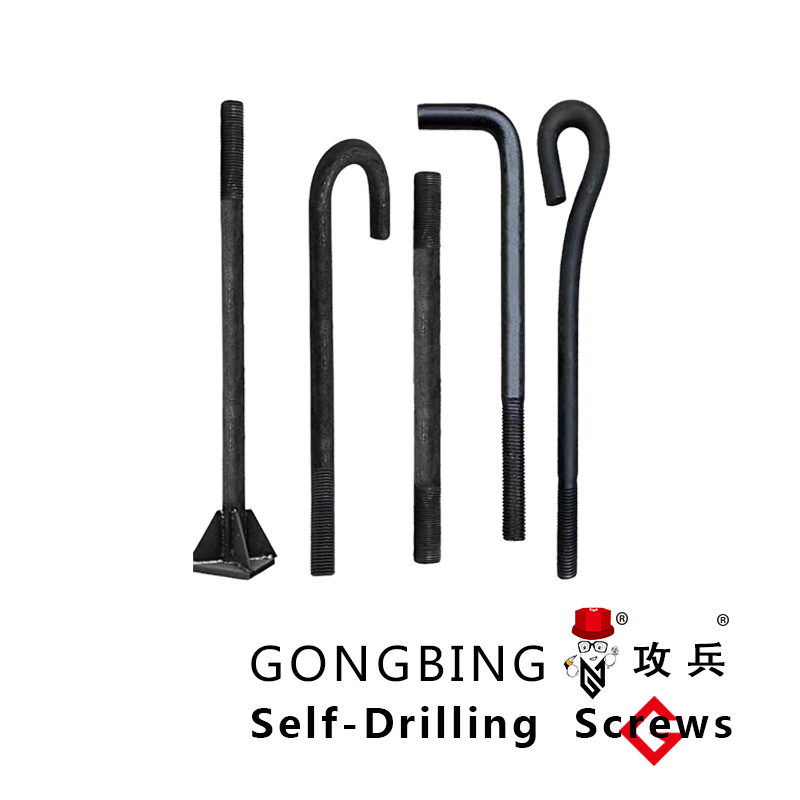Choosing the Right Screws for Chipboard Projects and Applications
The Versatile World of Screw and Chipboard A Comprehensive Guide
In the realm of woodworking and furniture making, the combination of screws and chipboard has established itself as a prominent choice for both amateur and professional craftsmen. This article delves into the significance, applications, advantages, and some considerations when using screw and chipboard in various projects.
Understanding Chipboard
Chipboard, also known as particle board, is an engineered wood product made from wood chips, sawmill shavings, or sawdust, which are glued together under heat and pressure. This versatile material is widely used in the production of furniture, cabinetry, and flooring. Due to its cost-effectiveness and ability to be manufactured in various densities, chipboard has become a staple in the woodworking industry.
The Role of Screws in Chipboard Applications
Screws play a critical role in the assembly of chipboard furniture and structures. When dealing with chipboard, it is essential to understand that it has different properties compared to solid wood. The material's composition makes it more brittle, which means that the type and size of screws used can significantly impact the overall integrity of the assembled item.
For chipboard, specialized screws, such as those with a coarse thread, are typically recommended. These screws create a stronger bond by effectively gripping the material and minimizing the risk of splitting, which is crucial given chipboard's softer texture. Choosing the right screw type is vital for ensuring durability and stability in furniture pieces.
Advantages of Using Screws with Chipboard
1. Affordability One of the most significant advantages of using chipboard in conjunction with screws is the cost factor. Chipboard is generally less expensive than solid wood, making it an excellent option for budget-conscious projects.
2. Ease of Use Screws are easy to handle and apply. Unlike nails, which require precise hammering and can sometimes split the board, screws allow for controlled fastening that can be adjusted easily.
3. Versatility Chipboard can be easily cut, shaped, and finished, allowing it to fit a variety of design styles. When combined with screws, it opens up endless possibilities for creating custom furniture pieces and home decor.
4. Stability When properly assembled with screws, chipboard can offer a stable and sturdy solution for many applications. The combination creates a robust structure that can withstand everyday use.
screw chipboard

Common Applications
The pairing of screws and chipboard is prevalent in numerous applications, particularly in the furniture industry. Items such as bookcases, desks, and tables are frequently constructed using this combination. Additionally, chipboard is often used in cabinetry, providing a reliable base material for kitchen and bathroom fixtures.
Moreover, the DIY community has embraced this partnership extensively. Home improvement projects that involve building shelves, assembling modular furniture, or creating decorative elements benefit from the versatility and strength that screw and chipboard provide.
Considerations and Best Practices
While the advantages of using screws and chipboard are numerous, there are also important considerations to keep in mind
1. Pre-drilling To avoid splitting, it is often recommended to pre-drill holes before inserting screws into chipboard. This step ensures a smoother application and enhances durability.
2. Screw Length Using the appropriate screw length is crucial. If screws are too short, they may not secure the joint adequately, while excessively long screws could penetrate too far and damage the chipboard.
3. Moisture Sensitivity Chipboard can be susceptible to moisture, which can lead to swelling and degradation over time. It is essential to use moisture-resistant finishes or sealants, especially in high-humidity areas.
4. Weight Capacity Understanding the load-bearing capacity of chipboard is important when designing furniture. Overloading can lead to sagging or breaking, especially in thinner sections of the board.
Conclusion
The combination of screw and chipboard is a testament to the innovative spirit of the woodworking community. Its affordability, ease of use, and versatility make it an ideal choice for both professionals and hobbyists alike. By understanding the characteristics of chipboard and the proper techniques for utilizing screws, individuals can create strong, beautiful, and long-lasting furniture and fixtures that withstand the test of time. Whether you are assembling a simple shelf or crafting a complex piece of furniture, the screw and chipboard duo will undoubtedly serve you well in your woodworking endeavors.
-
Weatherproof Plastic Expansion Anchors for OutdooržiniosJun.06,2025
-
Sustainability in the Supply Chain: Eco-Friendly TEK Screws ProductionžiniosJun.06,2025
-
Load-Bearing Capacity of External Insulation FixingsžiniosJun.06,2025
-
Double Head Bolts: Enhancing Efficiency in Industrial MachineryžiniosJun.06,2025
-
Corrosion Resistance in Chipboard Screws: Coatings for Wholesale DurabilityžiniosJun.06,2025
-
Butterfly Toggle Bolts : Enhancing Structural ResiliencežiniosJun.06,2025
